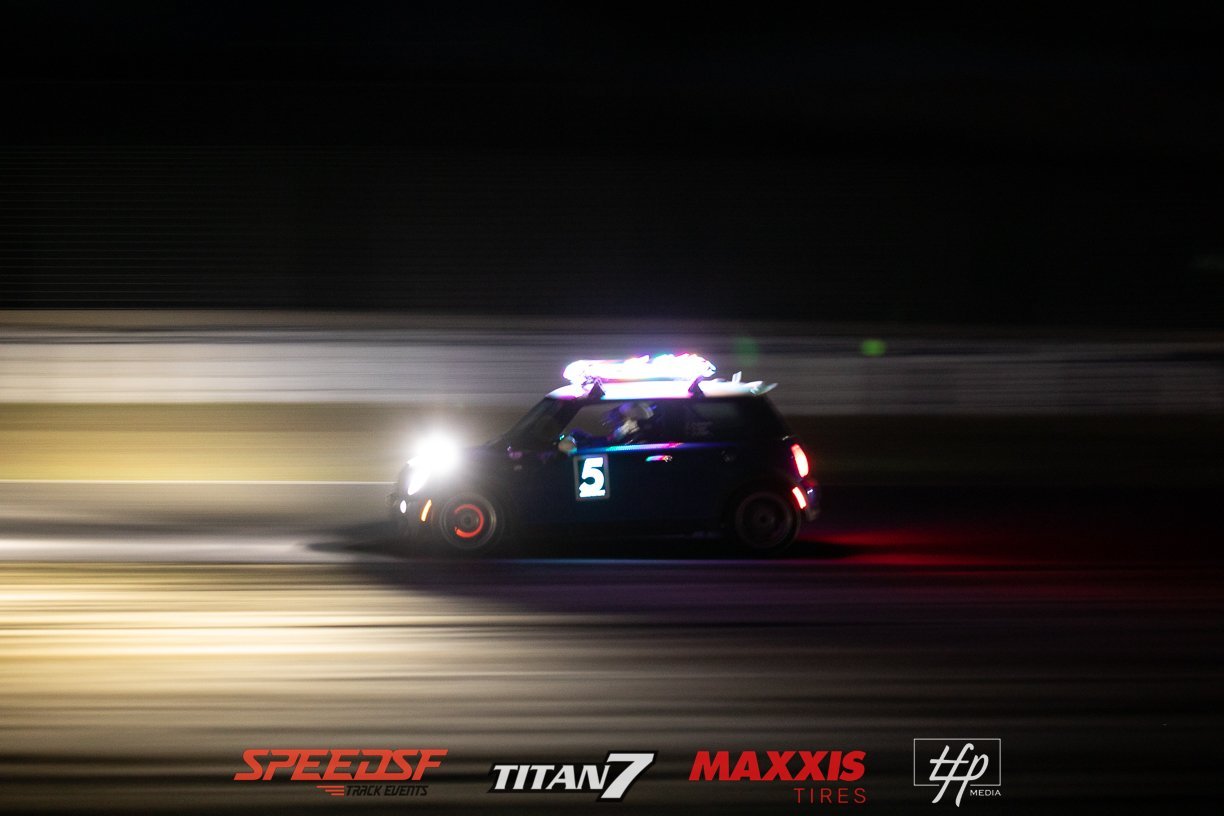
SpeedSF Blog
Every Build Has a Story – Meet the Cars of SpeedSF

CSG Brake Pads: Details Make the Difference
Thanks to a detailed feedback loop between CounterSpace Garage and their wide array of active customers, they've been able to provide a usable, confidence-inspiring brake pad for every popular HPDE platform today.

Braking Basics Explained: How to Find Time on the Anchors
Learning to slow the car is one of the hardest things to do.
Let’s break off a small piece and build a little confidence on the binders.
